Approaching Pilgrimage: Methodological Issues Involved in Researching Routes, Sites, and Practices. Mario Katić, John Eade, ed. Routledge, 2023.
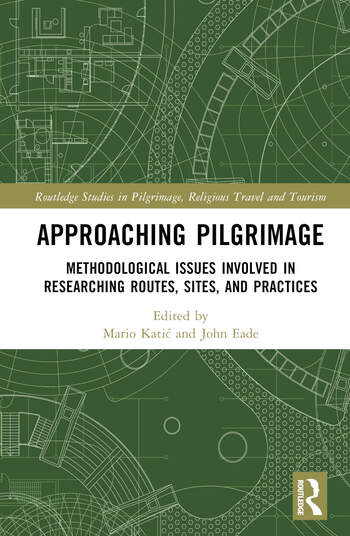
This volume seeks to explore pilgrimage studies as a distinctive sub-field of research, and to define its key methodological approaches and problems. Pilgrimage studies has long been influenced by such academic disciplines as anthropology and this volume considers the new insights that pilgrimage studies can offer to these disciplinary fields. Bringing together experienced pioneers and a younger generation of pilgrimage scholars, the chapters address the directions contemporary pilgrimage research is taking and how it is developing into the future. Covering topics like digital pilgrimage, multi-site pilgrimages, and long-term ethnography, with examples from Europe, the Middle East, and Japan, this is an important resource for all researchers engaging with pilgrimage.
Guide to the dry stone heritage of Šibenik-Knin County. Jadran Kale. Šibenik: Muzej Grada Šibenika, 2023.
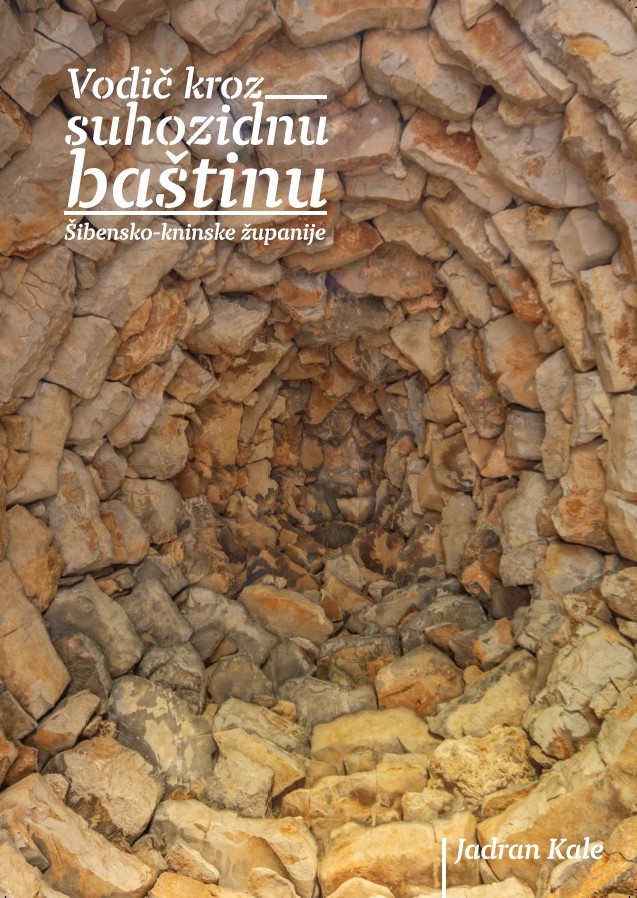
The richest part of Croatia with dry stone walling and a plethora of relevant structures and buildings, Šibenik-Knin County, is presented here in a manner tailored for visitors as well as land owners. Among some 60 sites several are presented here for the first time, covering area between Dinara Mountain and open sea islands in a timespan from prehistoric sheep-herders' routes to commemorative Kornat crosses built in 2010. Together with 160 photographs guide chapters are accompanied with map, chronology, lexicon of important terms and index. The Guide is associated with citizen science project Suhozid.Hr.
Precarity: Stories from Uber. Senka Božić Vrbančić. Jesenski i Turk, Zagreb, 2023.
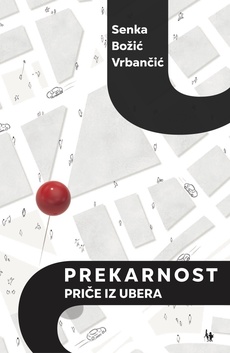
To grasp certain vital contemporary trends and principles, you don't need to immerse yourself in philosophical texts. Often, simply taking frequent rides in a taxi can provide insights. This is precisely what a university professor of anthropology did, following a foot injury in 2019 and subsequent medical complications. She commuted daily to her therapy at Rebro Hospital in Zagreb, engaging in casual conversations with Uber drivers, individuals precariously employed, whose work is orchestrated by an algorithm, namely the Uber application. As we follow her dialogues and the fragments she recorded, a diverse panorama of life emerges: lives weighed down by debt, deep-seated patriotism, emigration to Ireland, retirees viewed as a burden and human waste, escape to the countryside, a pervasive sense of hopelessness, conspiracy theories, hatered of overweight women, and prejudices and racism directed towards Roma, homosexuals, and single mother caregivers. While some drivers believe they've attained the neoliberal ideal of freedom "I am my own boss, I control my own time", something gnaws at them, instilling an aversion towards certain societal aspects and an unexplored yearning for escape. In the intricate interweaving of narrative fragments, the taxi metamorphoses into a microcosm of a broader social sphere. The focus shifts from who the taxi drivers and their passenger are to the contemporary moment in which we exist, our beliefs, the issues that plague us, what constitutes
normalcy, and what does not. Amidst this multifaceted tapestry, the theme of precarity resonates—a palpable sense of life's insecurity. Primarily drawing from the work of American theorist Lauren Berlant and expanding upon her ideas, the author combines ethnography of social atmosphere and daily rhythms of life with psychoanalysis and affect theories, in order to move us out of established patterns and to inspire us to look at our everyday life from a different perspective.
Goran's Spring: Place and Social Memory in the Context of the Poetry Festival.Tomislav Augustinčić. Hrvatsko etnološko društvo, Zagreb, 2023.
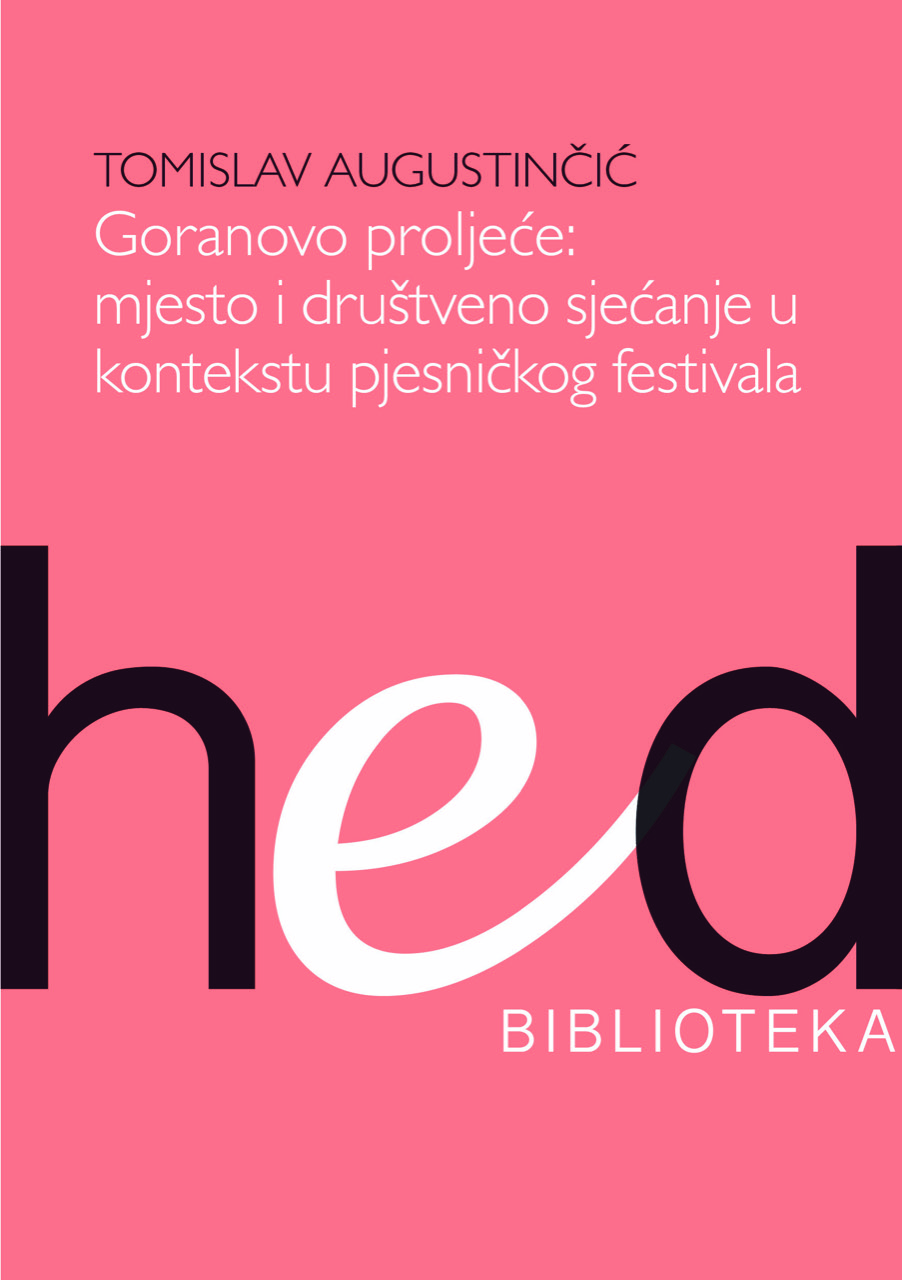
The book 'Goran's Spring: Place and Social Memory in the Context of the Poetry Festival' is an academic study of Goran's Spring, the longest-standing literary event in Croatia. From an ethnological and cultural anthropological perspective, it addresses contemporary phenomena of poetry and associated poetry festivals. Building its approach on the contemporary insights of festival anthropology, anthropology of social memory, and anthropology of place and space, the author explores how a poetry festival is created and how its identity is formed, questioning the complex and multi-layered relationships of the festival with place, its own history, and the historical personality of Ivan Goran Kovačić. Based on ethnographic fieldwork of Goran's Spring from 2015 to 2017, the book focuses on the festival's contemporary transformations. The author considers how different festival performances create festival places and what role poetry and social memory play in this process. It analyzes the ways the festival creates memories, pointing to the various pasts evoked within the festival framework as foundations of the festival's contemporary identity - the history of the festival and festival poetry, and the historical figure of Ivan Goran Kovačić. Special attention is given to contemporary festival interpretations of Goran's figure as a "partisan fighter and poet", his repoliticization influenced by the current political context, and the ambivalent relationships toward such festival use.
Zadarski slavuji – braća Antonio i Gaetano Pini-Corsi. Katica Burić Ćenan. Sveučilište u Zadru, Zadar, 2022.
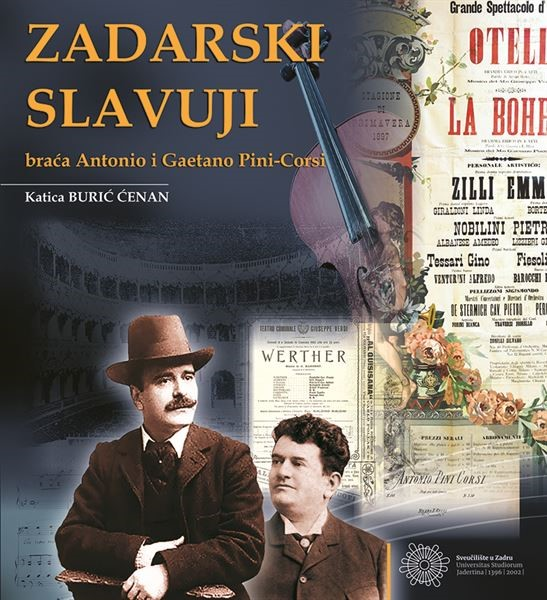
This book explores the life and activities of the brothers Antonio Pini-Corsi (Zadar, 1859 - Milan, 1918) and Gaetano Pini-Corsi (Zadar, 1865 - Milan, 1935). It is the result of research conducted as part of the scientific project "GIDAL – Glazbeni izvori Dalmacije u kontekstu srednjoeuropske i mediteranske glazbene kulture od 18. do 20. stoljeća" funded by the Croatian Science Foundation. The careers of these musicians spanned over forty years, collaborating with the most distinguished singers of their time on stages worldwide. The book delves into their achievements, presenting over a hundred major and supporting roles and several significant premieres. The numerous audio recordings they left behind bear witness not only to their exceptional interpretation skills but also to a unique style of interpretation that was once highly popular but has since disappeared. In addition to providing insights into the musicians, the book is enriched with various types of illustrations, including photographs, posters, translated and original newspaper reviews, tables, chronologies, and lists. The extensive research is reflected in the detailed tables chronicling the performances of Antonio and Gaetano Pini-Corsi, providing information on the month and year of each performance, the city and theater, and the program and other performers of each show. The book, awarded the highest national musicological prize "Dragan Plamenac"; for 2023, stands unparalleled in the study of Zadar's musical history. Its rich, vibrant discourse breaks away from the stiffness of outdated scientific discourse, introducing a measured touch of popularity without compromising its scholarly seriousness. It is intended for musicologists, historians, cultural scholars, art historians, sociologists, and all music and opera enthusiasts, serving as potential educational literature.
Umjetnost performansa i kinizam: izvedbena linija otpora. Suzana Marjanić. HS AICA i Durieux Zagreb, 2022.
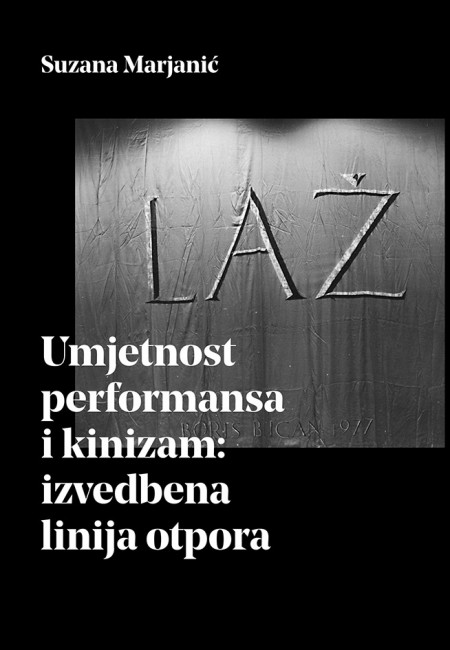
Clothing a nation: origins of folk costume. Jadran Kale. Biblioteka XX. vek, 2021.Rasprostiranje kulture. Kako ljudi stvaraju prostor, Jadran Kale. Naklada Slap, Sveučilište u Zadru, 2021.
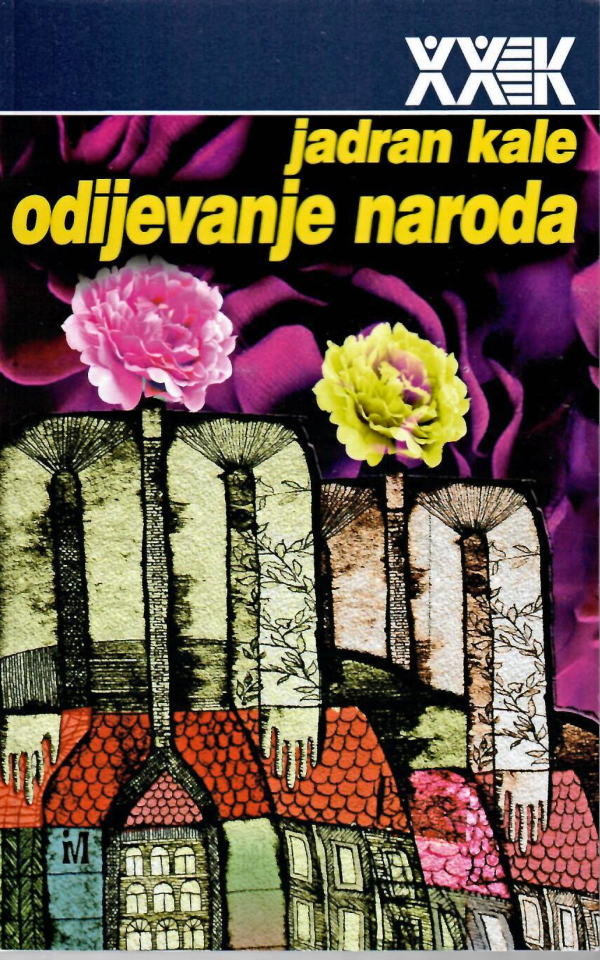
Term for folk costume ("nošnja") was invented by Vuk Stefanović Karadžić, adopting "tracht" from Wienese "Nazionalismus" that he greatly admired. It had happened at the same time with feudalism demise and economic emancipation of peasantry. First symbolic action by this new social stratum was gentrification through clothing. Important historical template was inherited with borderlands culture, but emerging market of industrial goods had decisive role. Affordable cotton thread, reliable pigments and similar commodities soon made staple necessities of every plebeian household. As elsewhere, folk costume gained reputation of national authenticity out of peasant domain that became politically irrelevant but useful in confronting tensions of industrial societies. Semantics of authenticity continues with post-industrial society.
Spreading culture: ways of creating space. Kako ljudi stvaraju prostor, Jadran Kale. Naklada Slap, Sveučilište u Zadru, 2021.
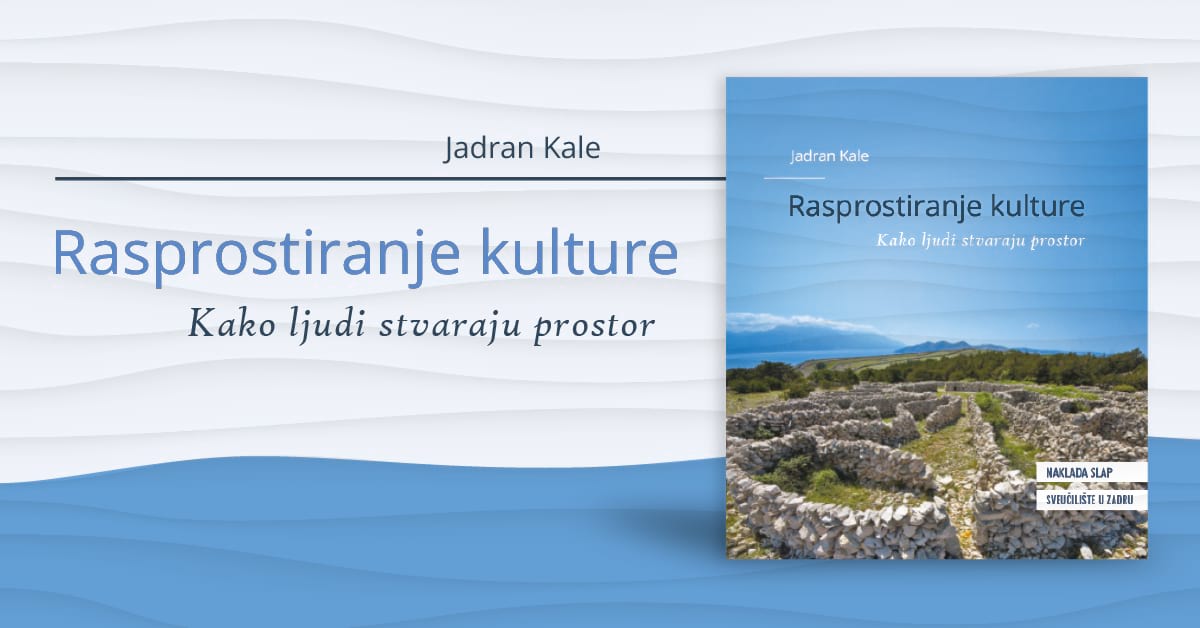
Starting point of this study lays with theories of space stemming out of different fields of expertise, operating through semantics of place, center and borders - either natural or artificial. Using such basis here we analyse space in its most diverse forms. As obvious but untouchable one there is the night sky, but also there is an invisible and tactile space of coral hunters making cognitive maps of a sea floor. Widely structured space is represented by dry stone walling. Finally, human body appears as an intimate territory of cultural creativity. Summing up all these spaces its mass-created cultures affirm research status of sciences able to interpret space as a domain of practising possibilities.
Domorodci i gospodari: Historijsko-antropološka studija stvaranja bosanskohercegovačkog grada Vareša, Mario Katić. Buybook, 2020.
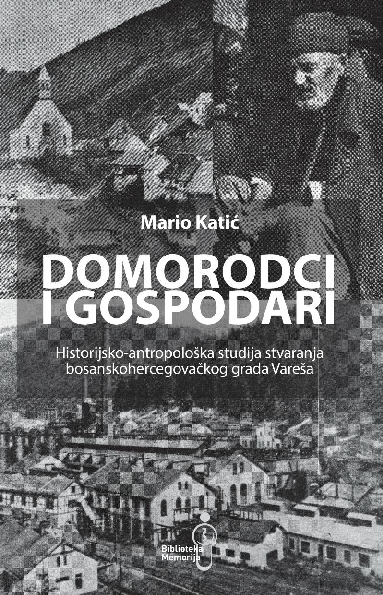
Liber monstrorum balcanorum: čudovišni svijet europske margine, Miranda Levanat-Peričić; Oroz, Tomislav (ur.). Jesenski i Turk; Institut za etnologiju i folkloristiku, 2019.
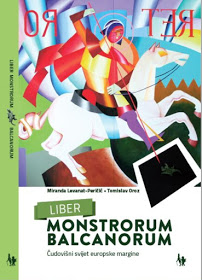
KUD Sv. Roko: Osluhni nutarnje zvono. Petra Valovičić, Nina Vigan i Katica Burić Ćenan. Katica Burić Ćenan, ur. KUD Sv. Roko, Sveučilište u Zadru, Zadar, 2019.
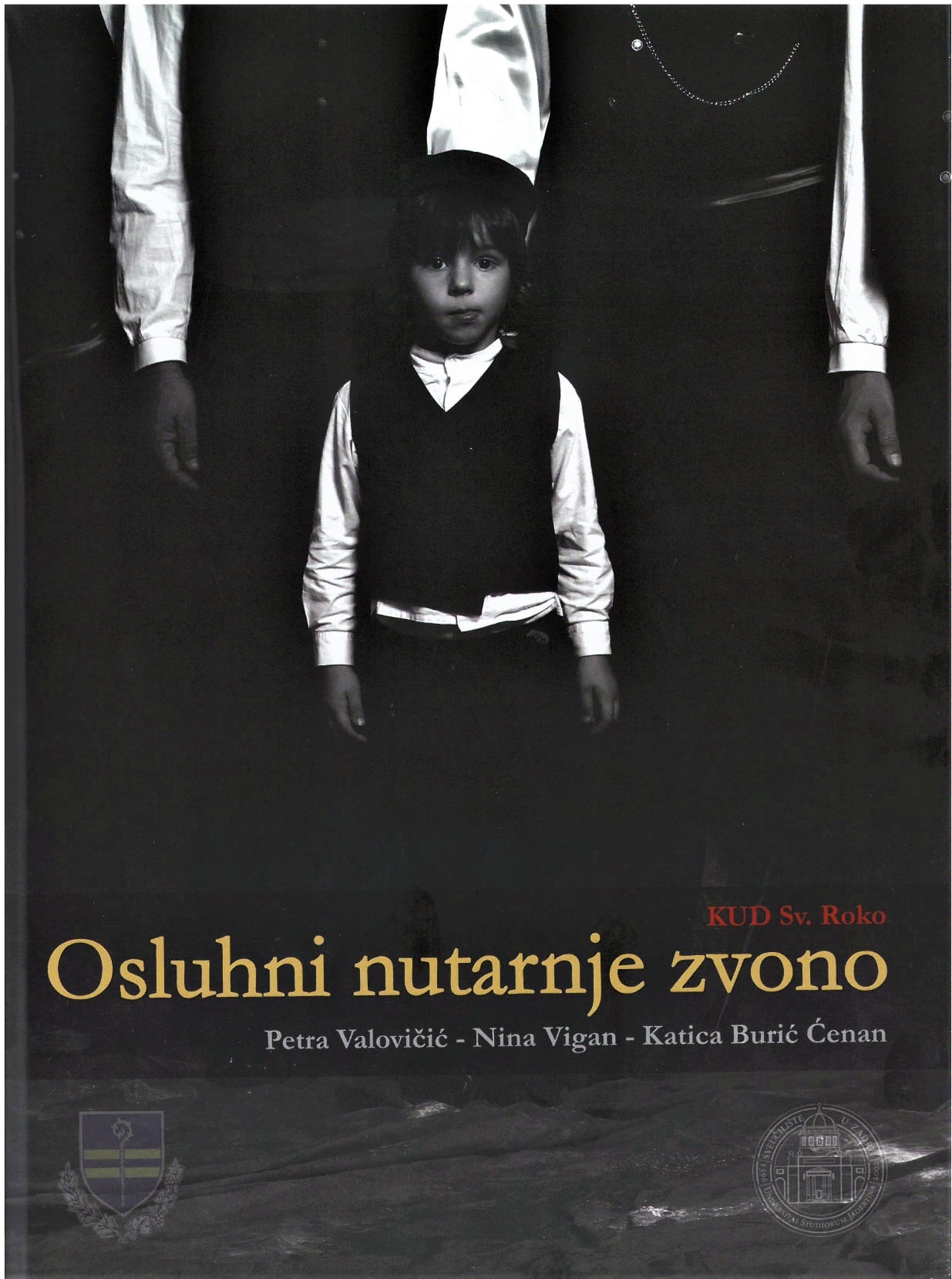
The monograph provides an overview of the ten-year work of the cultural and artistic society "Sv. Roko" and insight into various aspects of its activities in the local community and broader frameworks of cultural amateurism in domestic and international contexts. Drawing on existing scientific literature, primarily historical and ethnological, the book contextualizes key aspects of the formation of cultural amateurism in St. Filip and Jakov. The unique specificity of the locality, where individuals and the community play a crucial role, makes this monograph important in outlining the challenges and processes that shape the practice of folkloric amateurism as one of the most important drivers of cultural and social life in the community.
Gdje si bio 1573? Lica i naličja Matije Gupca u praksama sjećanja, Tomislav Oroz. Jesenski i Turk, 2018.
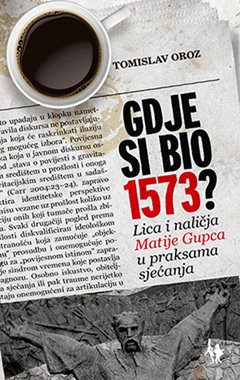
Landscape in the Southeast Europe, ur. Lena Mirosevic, Gregory Zaro, Mario Katic, Danijela Birt, Lit Verlag 2018.
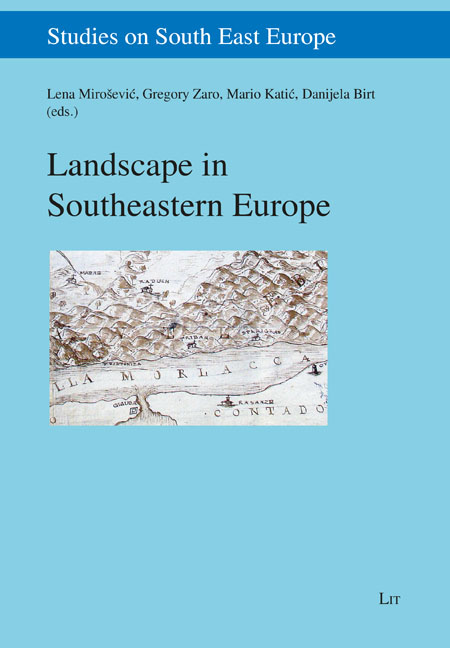
A landscape is a medium that reflects material, spiritual, and cultural activities of communities in the past, present and future. Understanding landscapes in the context of space and time necessarily demands the conceptual approaches of different scientific and expert fields of study. Through a variety of case studies from Southeastern Europe, this volume explores the concept of landscape from multiple fields of study in order to gain insight into how disciplines such as archaeology, anthropology, ethnology, folklore, sociology, and history define and approach this concept.
Tarara: Maori i Hrvati na Novom Zelandu, Senka Božić Vrbančić. Jesenski i turk 2018.
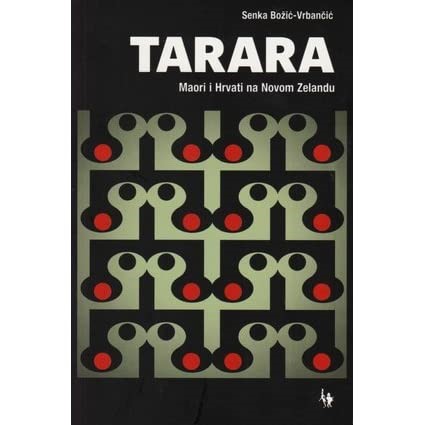
Military Pilgrimage and Battlefield Tourism: Commemorating the Dead, ur. John Eade and Mario Katić. Routledge. 2018.
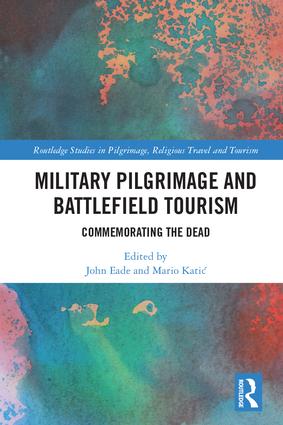
Military Pilgrimage and Battlefield Tourism is the first volume to bring together a detailed analysis of professional military pilgrimage with other forms of commemorating military conflict. The volume looks beyond the discussion of battlefield tourism undertaken primarily by civilians which has dominated research until now through an analysis of the relationship between religious, military and civilian participants. Drawing on a comparative approach towards what has mostly been categorised as secular pilgrimage, dark tourism/thanatourism, military and religious tourism, and re-enactment, the contributors explore the varied ways in which memory, material culture and rituals are performed at particular places. The volume also engages with the debate about the extent to which western definitions of pilgrimage and tourism, as well as such related terms as religion, sacred and secular, can be applied in non-western contexts.
Smrt u dalmatinskom zaleđu - Mirila od rituala do teatra, Mario Katić. Naklada Ljevak, 2017.
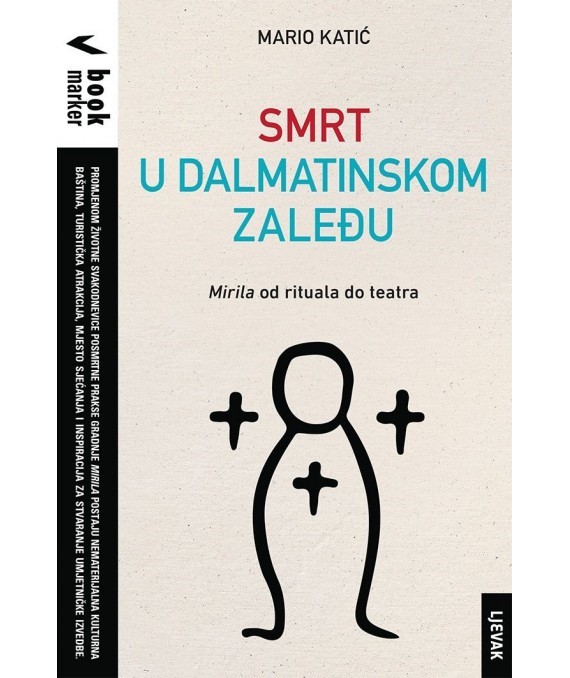
Hitchcockijanski pogled, Mario Vrbančić i Senka Božić Vrbančić. Jesenski i Turk. 2017.
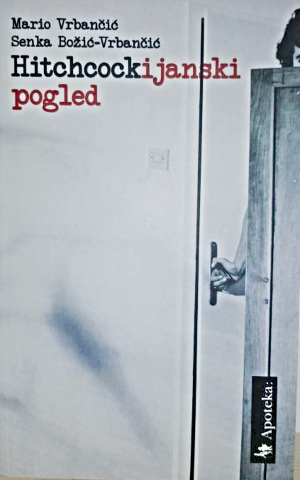
Novi Travnik. Između utopije i nostalgije, ur. Mario Katić i Velimir Bugarin. 2016.
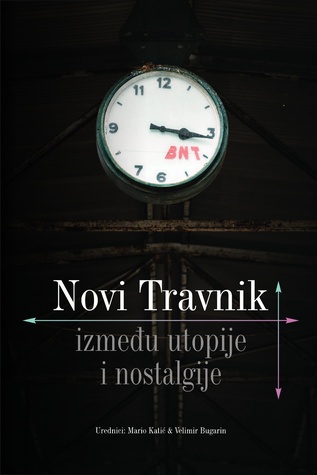
Pilgrimage, Politics and Place-Making in Eastern Europe: Crossing the Borders; ur. John Eade and Mario Katić. Ashgate publishing, 2014.
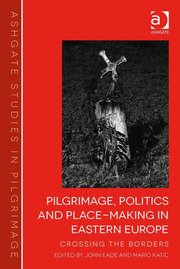
Since the beginning of the anthropology of pilgrimage, scant attention has been paid to pilgrimage and pilgrim places in central, eastern and south-eastern Europe. Seeking to address such a deficit, this book brings together scholars from central, eastern and south-eastern Europe to explore the crossing of borders in terms of the relationship between pilgrimage and politics, and the role which this plays in the process of both sacred and secular place-making. With contributions from a range of established and new academics, including anthropologists, historians and ethnologists, Pilgrimage, Politics and Place-Making in Eastern Europe presents a fascinating collection of case studies and discussions or religious, political and secular pilgrimage across the region.
Pilgrimage and Sacred Places in Southeast Europe: History, Religious Tourism and Contemporary Trends; ur. Mario Katić, Tomislav Klarin, Mike McDonald, Lit Verlag, 2014.
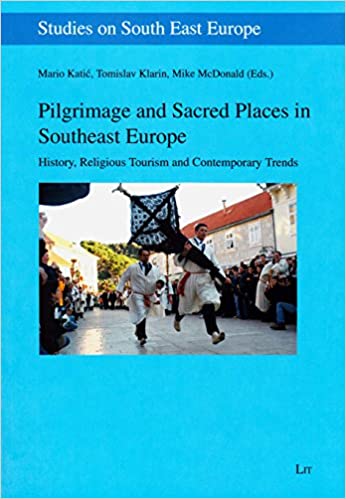
This book contributes to the pilgrimage literature with a focus on the relationship between pilgrimage, religion and tourism in the context of South-Eastern Europe. The volume brings together scholars from a broad range of disciplines discussing different approaches and understandings of pilgrimage and tourism. It thus presents a fascinating collection of case studies on pilgrimage, tourism and religion across the region.
Ravne Brčko: prošlost, običaji, životna svakidašnjica, ur. Mario Katić i Stjepan Marčetić. Sveučilište u Zadru i župa Boće, 2014.
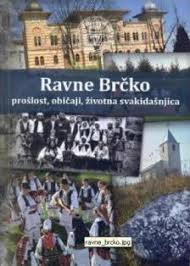
Usora: prošlost, običaji, životna svakodnevica, ur. Mario Katić. ZKUK, 2011.
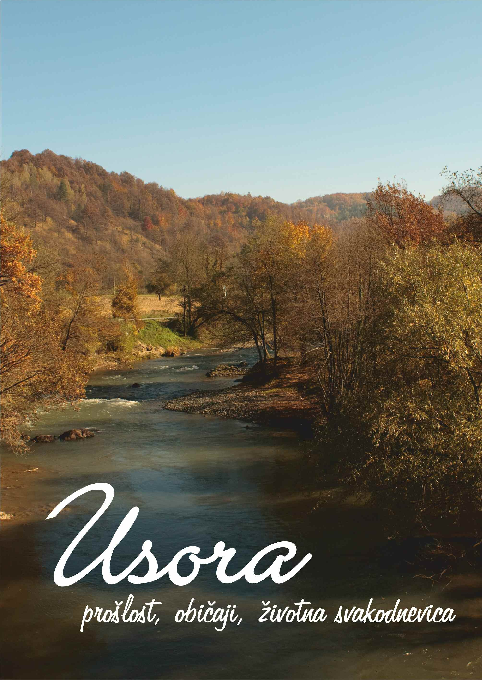
Glazbeni život Zadra u 18. i prvoj polovici 19. stoljeća. Katica Burić. Sveučilište u Zadru, 2010.
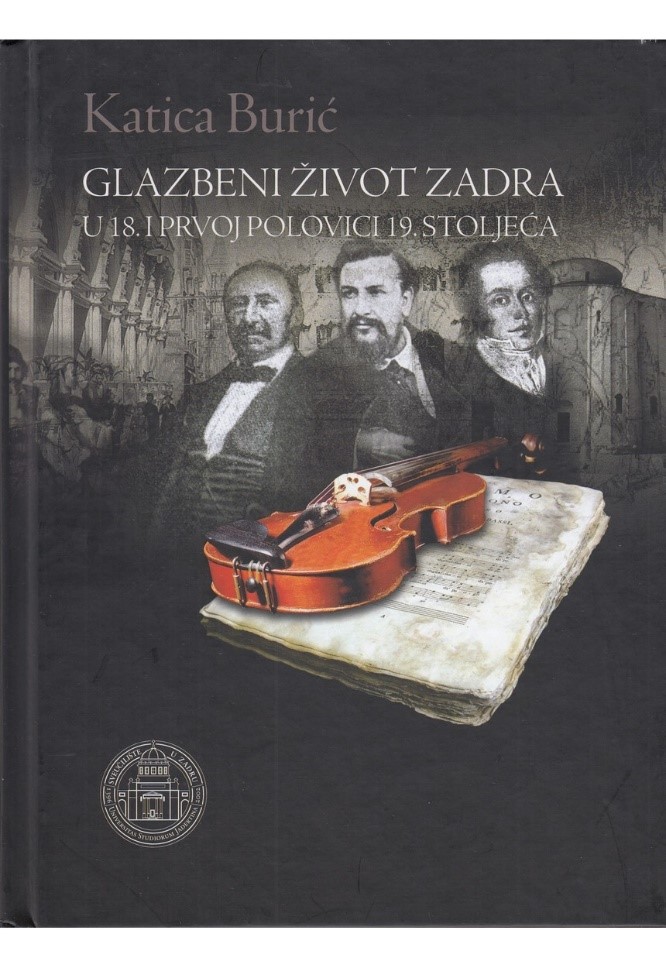
In this book Katica Burić provides an overview of the musical history of Zadar from 1700 to the 1850s. The book traces the development of secular and church music through events related to two artistic focal points in Zadar: the theater and the cathedral. Drawing on limited available literature and archival sources, the book presents information about composers and their works, both foreign and domestic. The book highlights the cultural and artistic life of Zadar in the first half of the 19th century, using various sources such as musical compositions, periodicals, and G. Sabalich's comprehensive monograph Cronistoria aneddotica. The emergence of two compositional circles is evident during this period: theatrical and cathedral, with their orchestras and choirs. Alongside professional music performances at these two points, the book reveals the continuous presence of music beyond them, including concerts, musical academies, and holiday festivities. The book covers several valuable supplements, including a list of works by Zadar composers from the 18th and first half of the 19th century, archives containing their works, and a list of operas performed at Teatro Nobile from its establishment to the mid-19th century.